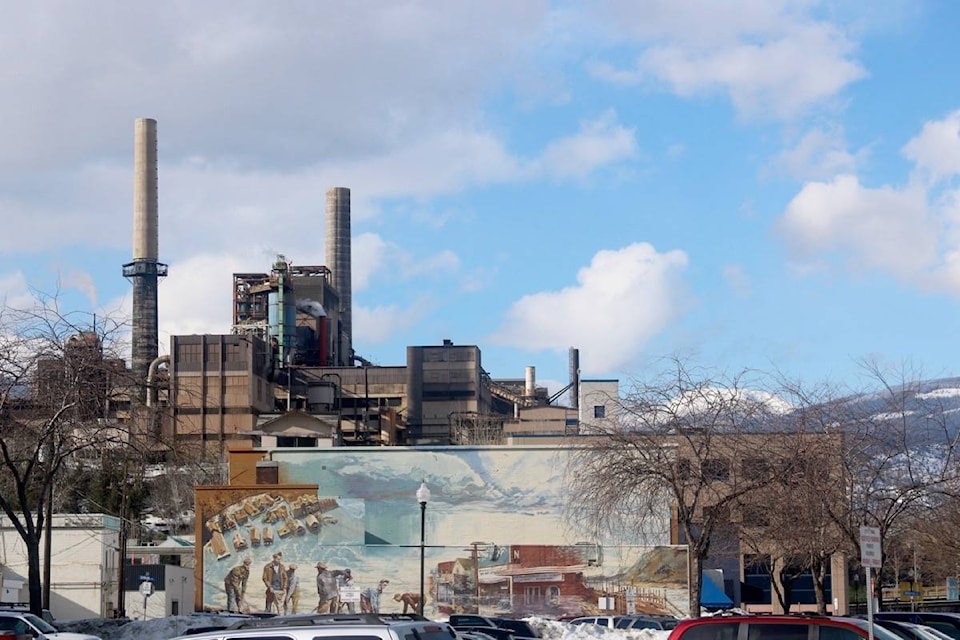One of the greatest takeaways from the 2016 community consultation about industry-related health issues is this: 86 per cent of respondents were aware of the community-led Trail Area Health and Environment Program (THEP).
The figure is noteworthy because during the previous community consultation held in 2010, only 16 per cent of participants knew about the THEP, and its mission to promote health and a healthy environment in the Trail area, with a focus on preventing children’s exposure to lead.
“The increased awareness of the program is the result of community interest and support,” says Mike Martin, Trail mayor and chair of the Trail Health and Environment Committee (THEC). “And a real credit to the Program team in promoting the work as it relates to the Trail Health and Environment Program and the benefits that can be achieved.”
Community consultation began last fall when THEC launched an online survey and hosted various focus groups to discuss ongoing actions taken to reduce lead levels in young children in Trail and Rivervale, and to present a new target goal for 2020.
Over 80 per cent of 258 respondents fully supported THEC’s goal to reduce the average lead level to 3.5 µg/dL (micrograms per decilitre) in children aged six to 36 months by 2020.
The number was reduced from an average 4 µg/dL, a target for 2015, set five years earlier during the community consultation process. The goal was within striking distance in 2016 when THEC reported an average of 4.3 µg/dL, which were the lowest levels detected since the program began more than 20 years ago.
“We can see from the public input that there is broad support from the community for our program goals,” Martin said. “Knowing that we have the community’s support, the committee has now formally adopted the goals as our targets for 2020. Our program aims for continuous improvement and these goals are the next step in that direction.”
Overall, the community consultation showed that 81 per cent of respondents strongly supported the committee’s draft goals for the three main areas of family health, home and garden and air quality - of those who had already used the program, 74 per cent said they were “fully satisfied” with their experience.
“We rely on community input to guide our decision-making,” said Martin. “Ours is a unique program in that the local community leads the work in partnership with industry and government. By working together, we’ve made significant improvements, reducing lead levels in the air and children’s blood lead levels by about 70 per cent since the late 1980s,” he added.
“Now, with continued refinements to the program, we’re on course for further reductions over the coming years. Teck’s Fugitive Dust Reduction Program continues to offer the greatest opportunity to further reduce emissions and help achieve our 2020 goals for air quality and children’s lead levels.”
Dan Bouillon, Environment manager at Teck Trail Operations, said the company continues to focus on fugitive dust reduction.
“This consultation shows that we’re on the right track with our program goals. We appreciate our community taking the time to participate and give their feedback. Working with the rest of the committee, we’ll incorporate the valuable feedback into both the Trail Area Health &Environment Program as well as Teck’s own continuous improvement of air quality.
“Our priority continues to be fugitive dust reduction, which will have a great impact on further improving air quality in our community.”
While the program incorporates five main areas, those being family health (in-home visits and lead testing clinics), in-home visits for home renovation support and soil remediation, property development support, community greening and air quality - it’s the latter aspect, specifically the Fugitive Dust Control Program and new construction like the Smelter Recycle Building that is expected to effect one of the biggest environmental improvements - less dust equals reduced exposure to toxins like heavy metals.
In fact, 2016 had the lowest annual average for lead and arsenic in community air ever recorded, according to a recent THEC air quality report from Teck Trail Operations.
To view the full consultation report, visit thep.ca.
